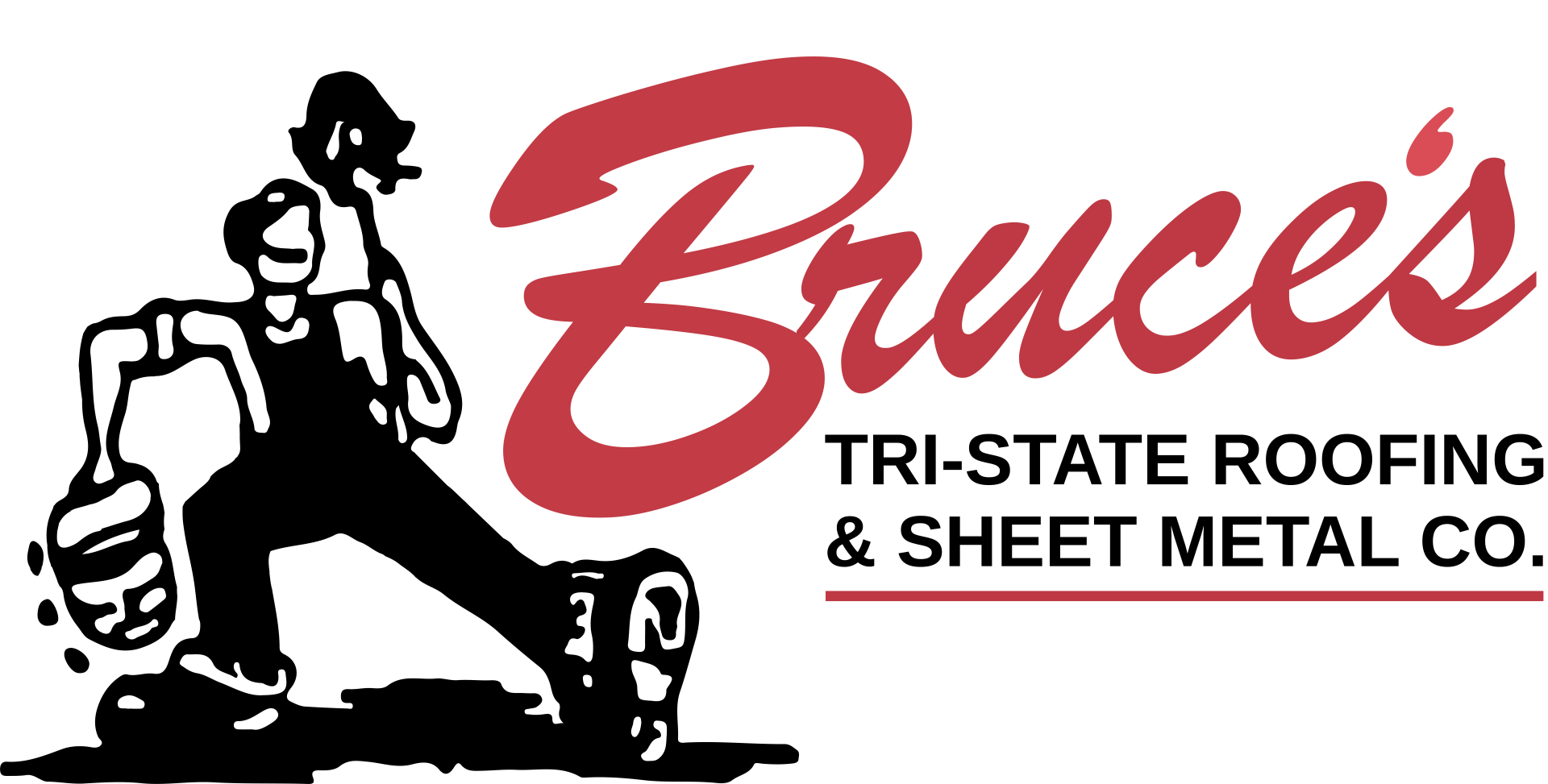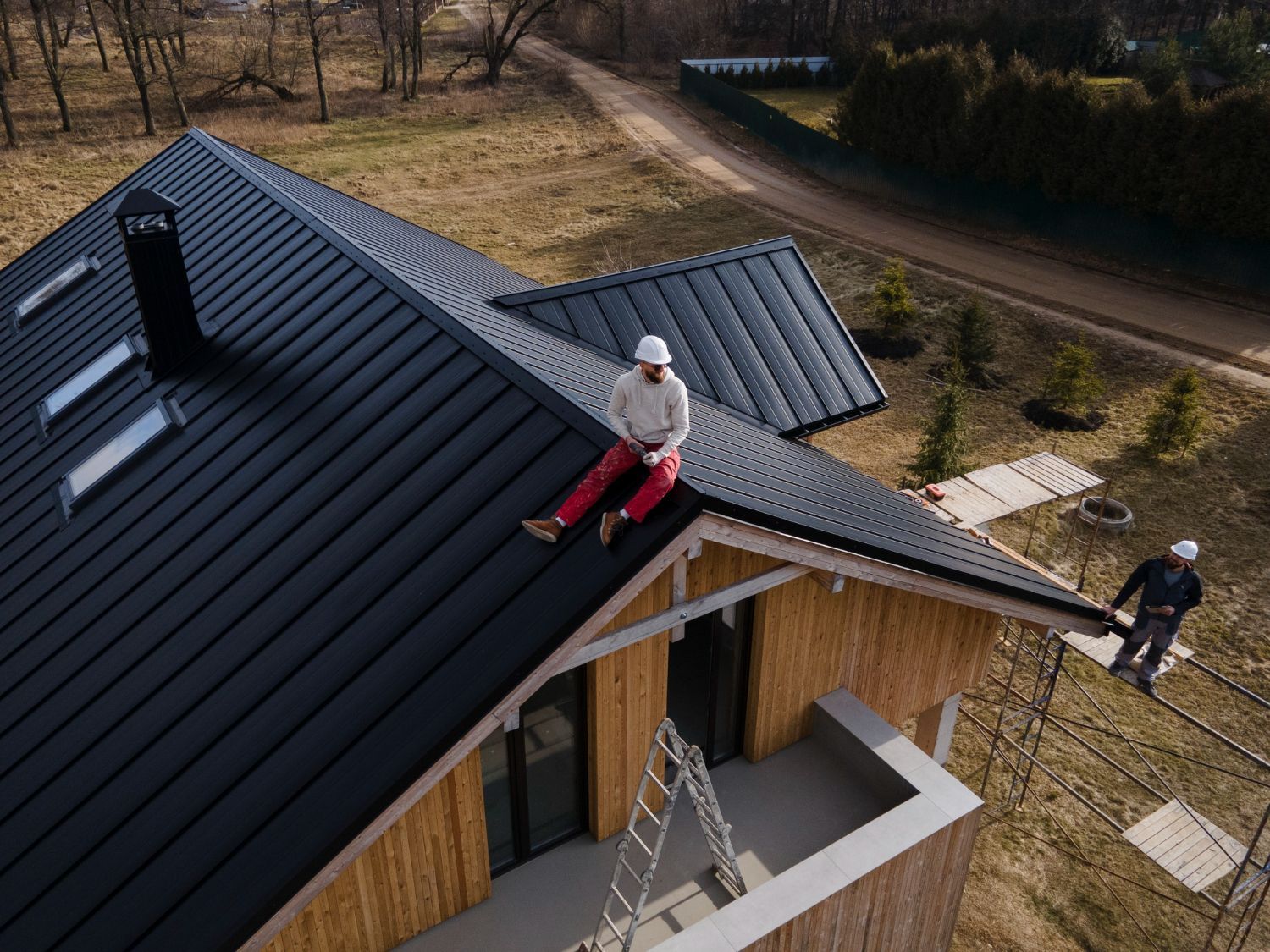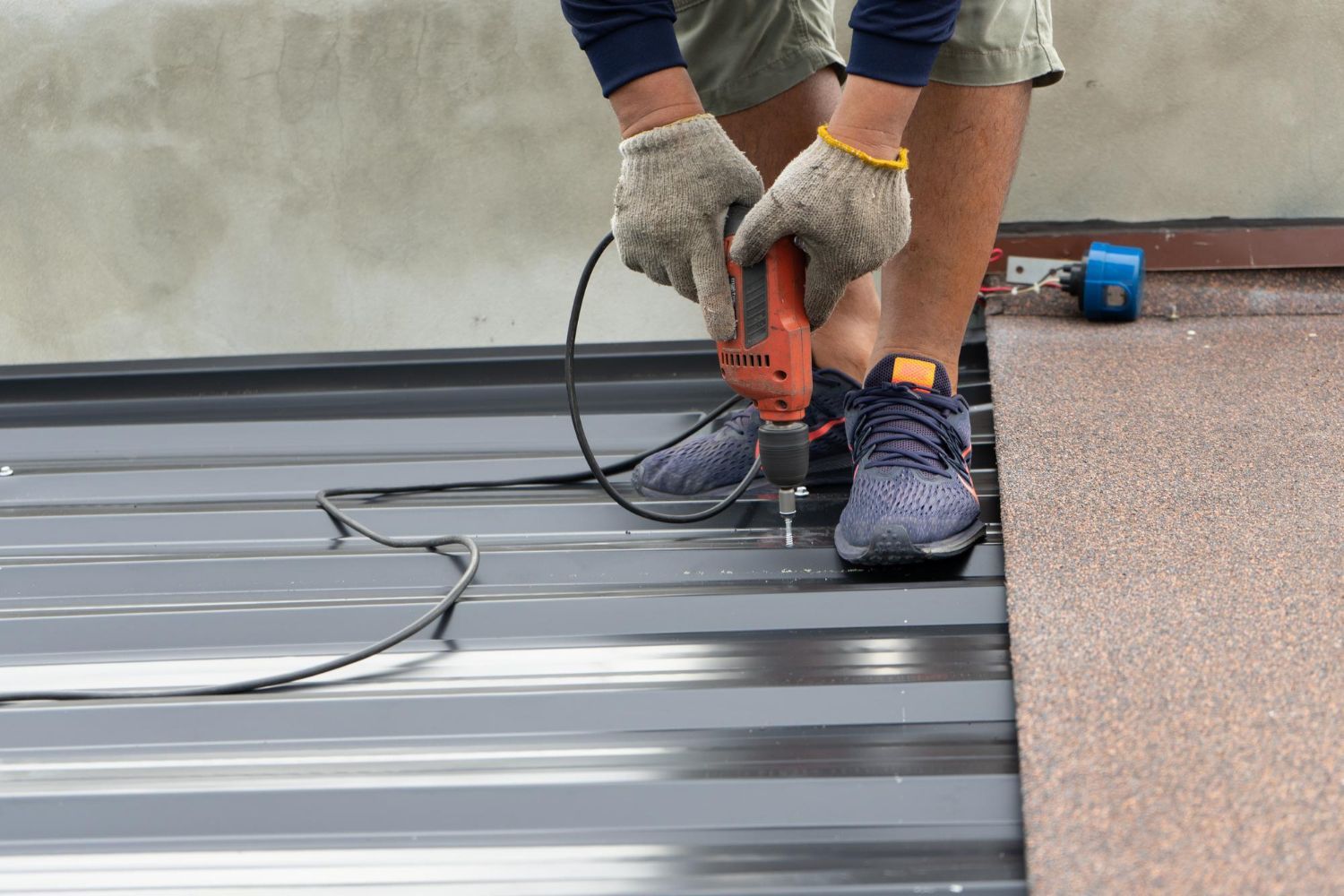
Roofing problems can be a real headache, especially when they sneak up on you. However, not every roofing issue needs a professional repair right away. Some common roofing problems can be fixed quickly and easily with a bit of know-how and the right tools. Understanding how to identify these issues and knowing some quick fixes can save you time and money.
Minor roof leaks, broken shingles, and other common issues can lead to bigger problems if not addressed promptly. Leaks can cause water damage to your home's interior, while damaged shingles can affect the overall look and protection of your roof. It's important to tackle these problems as soon as you notice them to avoid costly repairs down the road.
In this guide, we'll cover how to spot common roofing issues and fix them yourself. We'll also provide tips on how to prevent future problems, helping you keep your roof in good shape for years to come. By staying proactive and addressing issues early, you can ensure your roof remains strong and durable. So, let’s dive into some quick and easy solutions for common roofing problems!
Identifying Common Roofing Problems
Identifying roofing problems early can save you from bigger headaches later on. Here are some common issues to watch for:
- Leaks and Water Damage: One of the most obvious signs of a roofing problem is water stains on your ceiling or walls. This indicates that water is seeping through your roof and can lead to mold, rot, and structural damage.
- Missing or Damaged Shingles: Shingles can go missing or get damaged due to wind, storms, or simply old age. Damaged shingles are easy to spot as they might be cracked, curled, or completely gone.
- Sagging Roof: If parts of your roof appear to be sagging, this could mean there is a structural issue. This can happen due to water damage, faulty roofing materials, or even too much weight from snow or ice.
- Granule Loss: Asphalt shingles lose granules over time. If you notice granules accumulating in your gutters or downspouts, it could mean your shingles are wearing down and need replacement.
- Flashing Problems: Flashing around chimneys, vents, and skylights can get cracked or rusted. This allows water to enter at these vulnerable points, leading to leaks.
By regularly inspecting your roof for these common problems, you can catch issues early and address them before they become expensive repairs.
DIY Fixes for Minor Roof Leaks
Minor roof leaks can often be fixed with simple DIY methods. Here are steps to fix small leaks:
- Locate the Leak: To fix a leak, you first need to find it. Go into your attic with a flashlight and look for signs of water damage or stains. Follow the trail to find the point where water is entering. On the roof, look for damaged shingles, missing nails, or cracks.
- Patch Small Holes: For tiny holes or cracks, you can use roofing sealant. Clean the area around the hole, then apply the sealant generously to cover it. Make sure it overlaps the edges of the hole for a good seal.
- Replace Damaged Shingles: If a shingle is cracked or missing, you can replace it. Lift the edges of the surrounding shingles, remove the damaged shingle by pulling out the nails, and slide in a new one. Nail it down and seal around the edges with roofing cement.
- Seal Flashing and Joints: If the leak is around flashing or in a joint, use roofing cement to seal the gaps. Apply the cement generously around the edges of the flashing and any nails.
- Install a Temporary Patch: If you can’t fix the leak right away, use a tarp as a temporary solution. Secure the tarp over the leaking area with nails or heavy stones to protect your roof until you can make a proper repair.
These DIY fixes can help you handle minor leaks and keep your home dry. However, if the problem persists or seems too big to handle, it's best to consult a roofing professional. Regular maintenance and timely repairs can extend the life of your roof and protect your home from damage.
Repairing Damaged Shingles and Tiles
Damaged shingles or tiles can compromise your roof’s ability to keep your home dry. Fortunately, repairing them is often straightforward. Here’s how to handle shingle and tile repairs:
- Replacing Asphalt Shingles: Asphalt shingles are the most common roofing material. To replace one, gently lift the edges of the surrounding shingles and remove the nails of the damaged shingle. Slide a new shingle into place, fasten it with roofing nails, and apply roofing cement around the edges to seal it.
- Fixing Wood Shingles and Shakes: For wood shingles, use a chisel to split the damaged piece and remove the fragments. Cut a new shingle to the right size and slide it into place. Secure it with stainless steel nails and seal any gaps with wood-treated caulk.
- Repairing Slate Tiles: Removing a slate tile involves prying up the tiles surrounding the broken one and removing the nails. Slide a new slate tile into place and secure it with copper roofing nails. Apply roofing cement to ensure it stays put.
- Replacing Clay or Concrete Tiles: Lift the surrounding tiles and remove the broken one by prying up any clips or nails holding it. Place a new tile and secure it with roofing adhesive or nails. Ensure it fits snugly to maintain water resistance.
By replacing damaged shingles or tiles promptly, you maintain your roof’s integrity and prevent leaks and other issues down the road. Pay attention to the type of material to use the appropriate methods and tools.
Preventative Measures to Avoid Future Issues
Preventing roofing problems before they happen is the best way to extend the life of your roof. Here are some tips to keep your roof in great shape:
- Regular Inspections: Check your roof at least twice a year, in the spring and fall, and after major storms. Look for damaged shingles, signs of leaks, or any sagging areas.
- Clean Gutters and Downspouts: Make sure your gutters and downspouts are clear of leaves and debris. Clean them regularly to prevent water from backing up and causing leaks or water damage to your roof's edge.
- Trim Overhanging Trees: Branches that hang over your roof can cause damage during storms or heavy winds. Trim them back to avoid scratches and to keep leaves and debris from accumulating on your roof.
- Improve Attic Ventilation: Proper ventilation in your attic can prevent moisture buildup and mold growth. Ensure that vents are clear and functioning properly to help regulate temperature and moisture levels.
- Address Small Problems Promptly: If you notice any issues during your inspections, address them right away. Small repairs can prevent larger, more expensive problems in the future.
- Keep an Eye on Your Roof’s Age: Depending on the materials, roofs have varying lifespans. Be mindful of your roof's age and consider replacement if it’s nearing the end of its intended life span.
By following these preventative measures, you can avoid many common roofing issues. Regular maintenance and timely repairs will help your roof last longer and keep your home safe and dry.
Conclusion
Roofing problems can sneak up on you, but knowing how to identify and fix them can save you a lot of stress and money. From spotting common issues to handling minor repairs yourself, taking care of your roof doesn't have to be overwhelming. Regular inspections and preventative maintenance are key to keeping your roof in top shape.
If you need help with a roofing problem or think it might be time for a professional inspection, Bruce's Tristate Roofing is here to help. Our
roofing services in Kentucky can handle any roofing challenge, big or small. Contact Bruce's Tristate Roofing today to ensure your roof stays in great condition for years to come!

Have Total Confidence in the Roof Over Your Head
Hire an experienced commercial roofing company serving the entire Tri-State area


Hours
Mon: 7:00AM-4:00PM
Tue: 7:00AM-4:00PM
Wed: 7:00AM-4:00PM
Thu: 7:00AM-4:00PM
Fri: 7:00AM-4:00PM
Sat: Closed
Sun: Closed
All Rights Reserved | Website Designed & Developed By Oddball Creative

